South Korea An integrated plant that can remove 50,000 tons of CO2 per year and produce fresh water from saltwater will be built at the Daesan Industrial Complex.
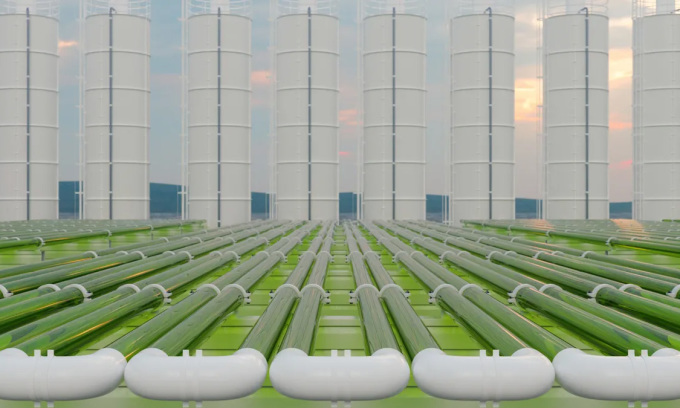
Simulation of the process of capturing CO2 from the air and using it to manufacture products. Photo: onurdongel/iStock
As many countries move toward carbon neutrality, experts are working to develop methods to capture and utilize carbon. Carbon capture facilities reduce the amount of carbon that would otherwise be released into the atmosphere. Direct air capture (DAC), on the other hand, focuses on removing CO2 that is already in the atmosphere. During its operation, DAC can produce freshwater as a byproduct.
Typically, these technologies are deployed individually with the sole goal of reducing carbon. However, Capture6, a DAC company, uses this technology to achieve more than just capturing CO2, Interesting Engineering reported on January 17.
The Daesan Industrial Complex accounts for 40% of South Korea's petrochemical production. However, droughts in recent years have led to severe water shortages in the area and forced the area to rely on external water sources.
South Korean water company K-water is building a desalination plant to meet its water needs. However, as a petrochemical hub, the Daesan Industrial Zone emits up to 17 million tons of CO2e (CO2 equivalent emissions) annually. Capture6’s DAC technology offers the opportunity to address both problems at once.
The new integrated plant at the Daesan Industrial Complex will combine Capture6’s Octopus Project with K-water’s desalination facility. Brine from the facility will be used to create carbon-removing solvents for the DAC direct air capture process. The plant is expected to remove 50,000 tons of CO2 per year, while also producing fresh water from brine. It will be the first of its kind in the world .
Capture6 also hopes to address environmental concerns about desalination plants. Traditionally, desalination produces concentrated brine, which is harmful to ecosystems when discharged into the ocean. Capture6 plans to use the concentrated brine to create chemicals such as hydrochloric acid and calcium carbonate, which are essential for many industrial activities in Korea. Previously, these were produced using fossil fuels and imported into Korea. By producing them locally from waste from another process, Capture6 helps reduce the environmental impact of industrial activities in the area.
Thu Thao (According to Interesting Engineering )
Source link


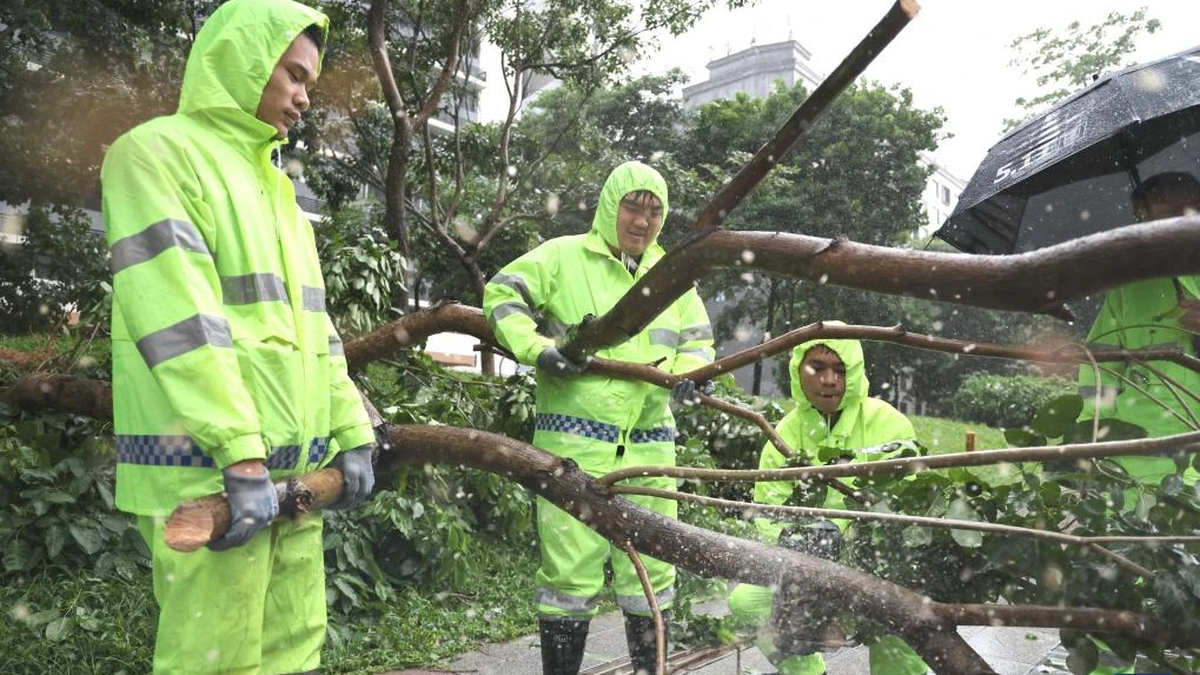

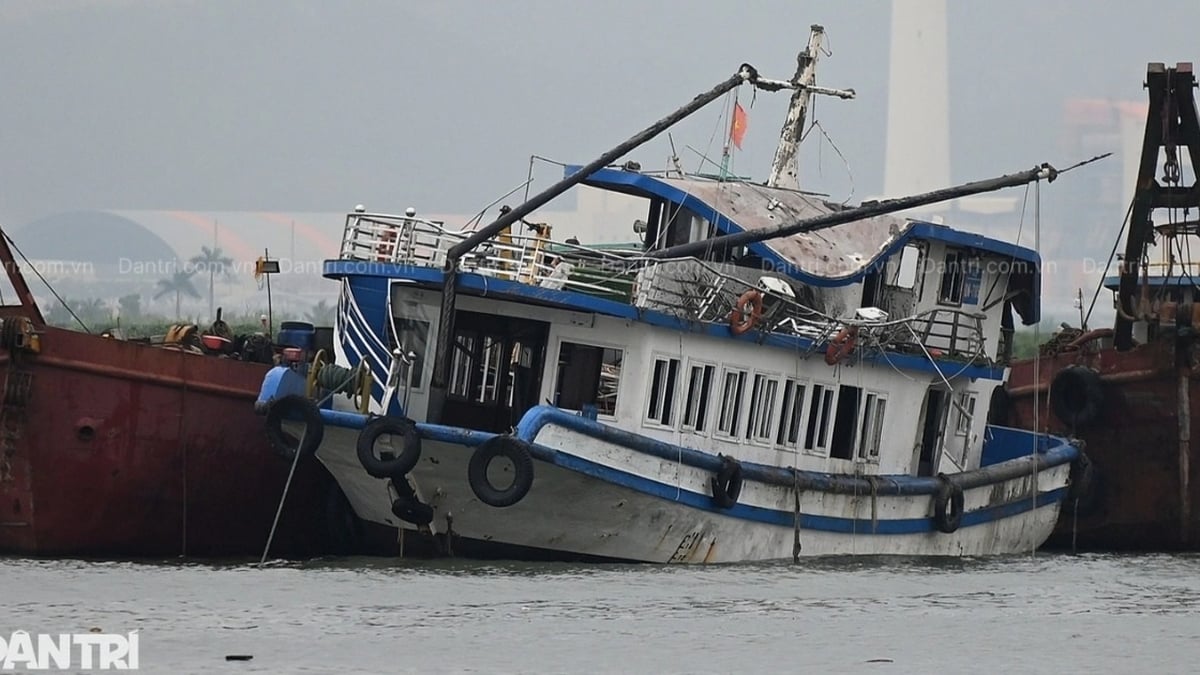


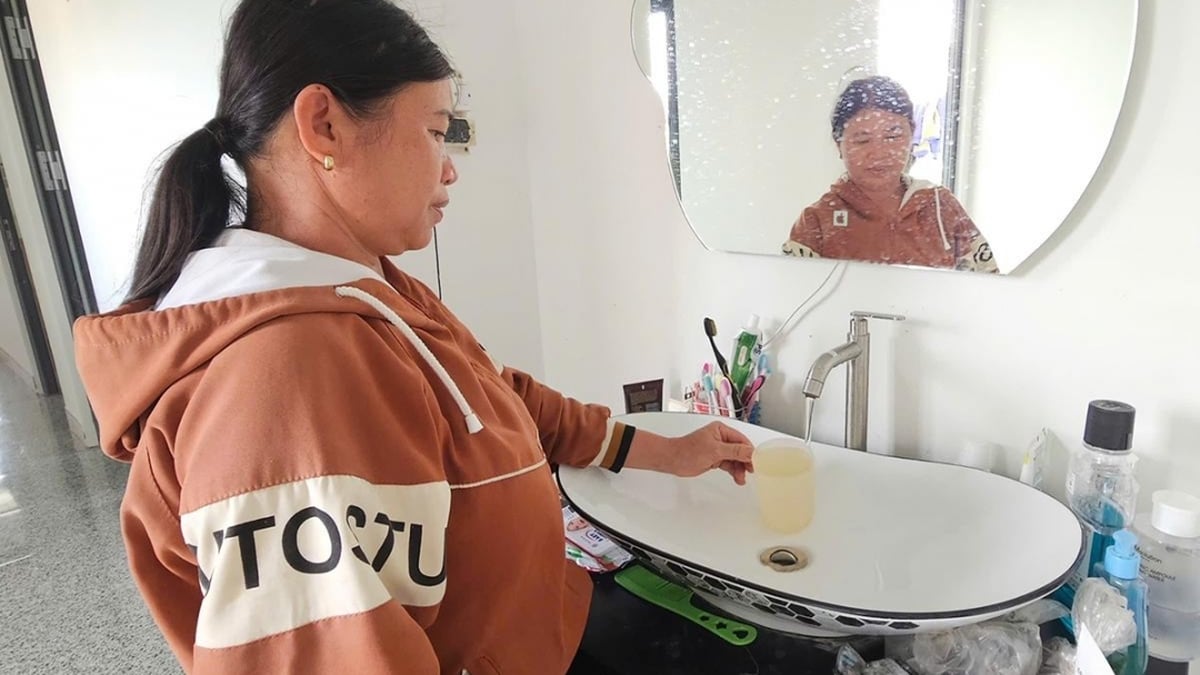


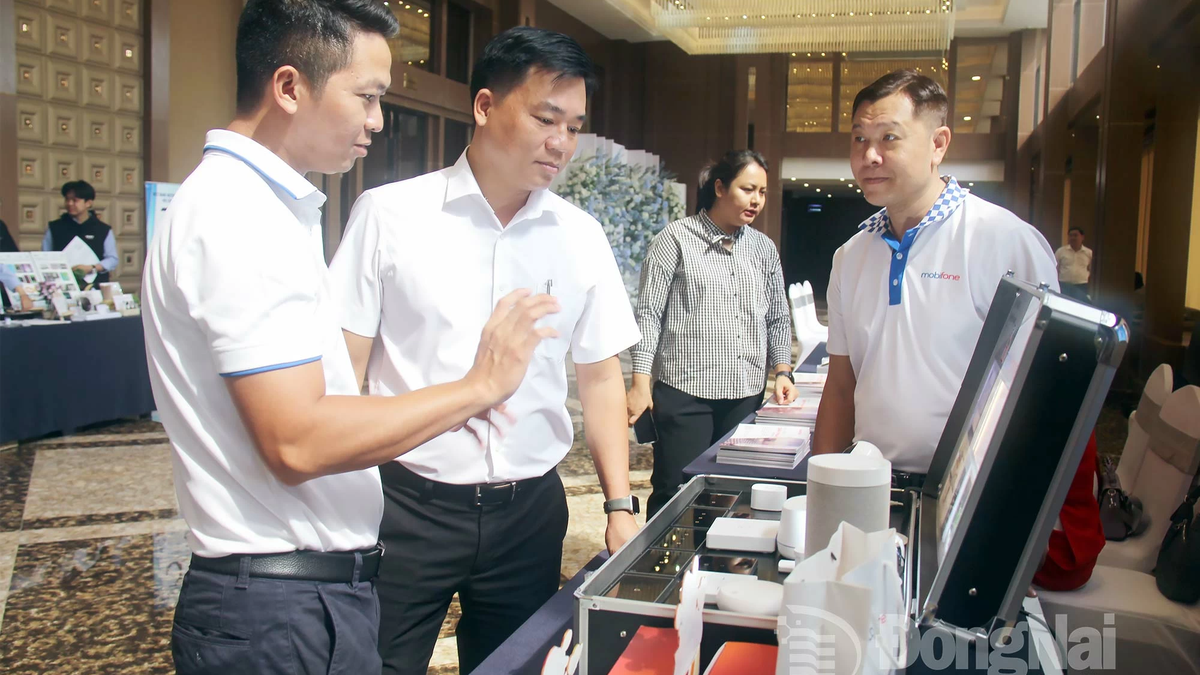
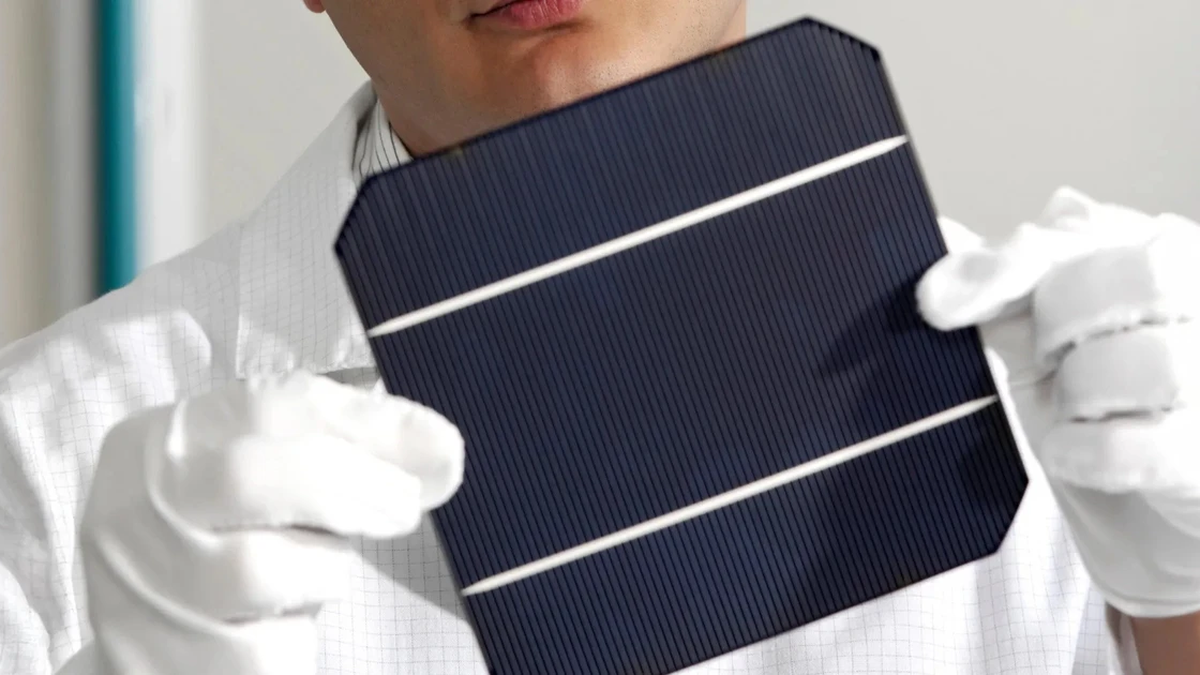



















![[Photo] National Assembly Chairman Tran Thanh Man visits Vietnamese Heroic Mother Ta Thi Tran](https://vphoto.vietnam.vn/thumb/1200x675/vietnam/resource/IMAGE/2025/7/20/765c0bd057dd44ad83ab89fe0255b783)




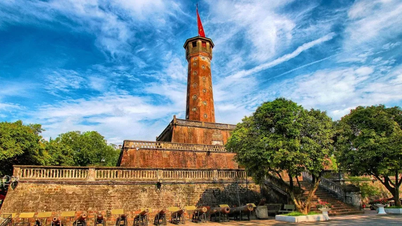























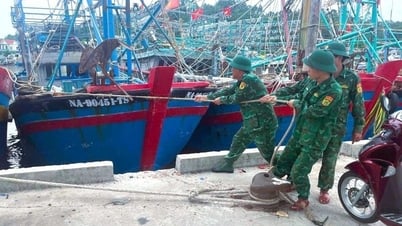
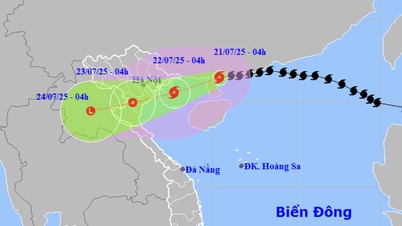


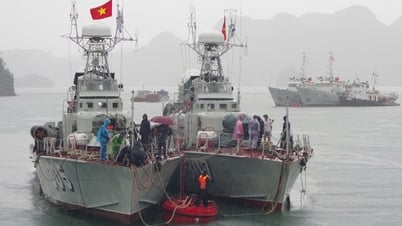
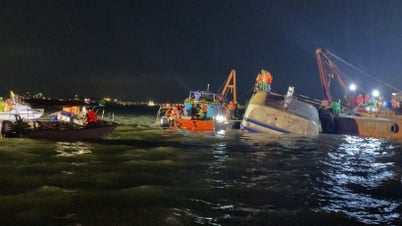





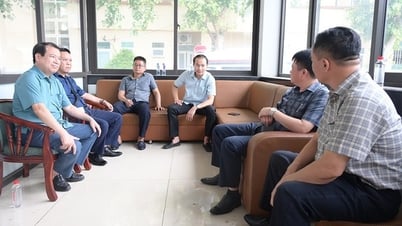


























Comment (0)